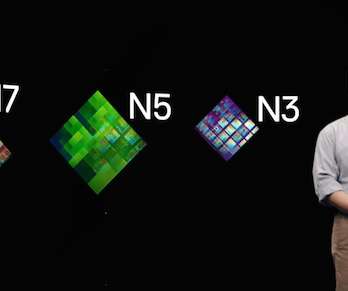With LiveSYNC You Control 360-Video Playback of Multiple Devices
UploadVR Between Realities podcast
MARCH 2, 2017
Finwe Ltd is a Finnish company that was founded in 2006 by a group of research scientists and the company’s focus is on high-quality mobile software. For all of those attendees, the program allows one presenter to observe and control the video playback on the devices simultaneously with an iPad.












Let's personalize your content